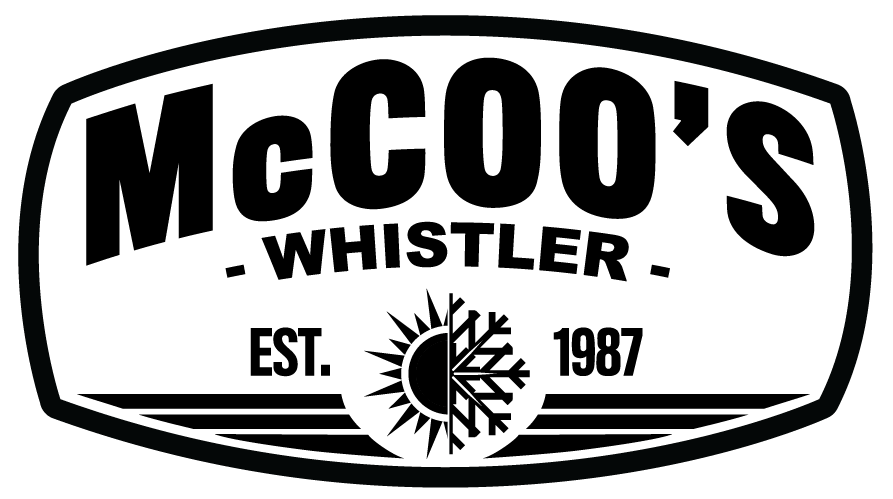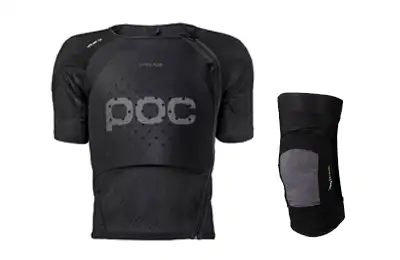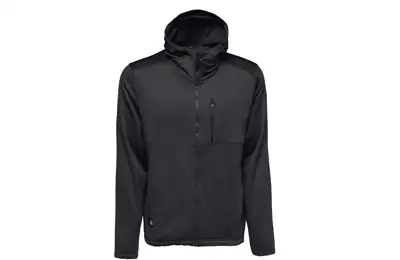The cold. Most of our winter gear is designed to combat its effects. Gortex, layers, breathability. These terms might sound familiar and don’t get us wrong, they do work. Despite the technologies improving drastically, there still stands a chance of the sub-arctic temps winning and leaving you out in the cold…no pun intended. Presently, there are a number of brands that have lead the way in creating clothing that keeps you warm no matter what conditions are on the outside. They rely on generating heat from an external source, most of them powered. We’ve got the low down on some of the current heated clothing technologies now available at McCoo’s.
Flexwarm Jackets
Flexwarm has spent over the last five years researching and developing patented new technologies that have enabled them to create a completely unique, flexible heating element that is so thin (0.5mm) it can be printed directly onto fabric. Because Flexwarm can be printed, it can then be layered directly onto fabric which enables 8K Heated Apparel to be ultra-lightweight, durable and washable (without the need for adding additional heavy and bulky insulation materials). You can expect upwards of 13 hours of heat from your jacket and when it’s out, just recharge the battery. To adjust the temperature, connect your phone to your jacket via Bluetooth and input your desired level of toastiness! And finally, topping it all off, these jackets are splash resistant, so you don’t have to worry if mother nature decides to change her mind from snow to rain.
Therm-ic Socks
Therm-ic have designed high-end socks that can offer up to 29 hours of heat. The heat is generated from an easily rechargeable battery that sits at top of the sock. The technology allows for even distribution of heat, easy attachment of batteries to the sock, and optimized integration of the heating elements for a guaranteed long life. What’s more, Therm-ic products connect to your smartphone! With the batteries’ Bluetooth function and the Thermic mobile app, you can adjust the heat setting for your sock at the touch of a screen. Now, that’s going to come in handy for turning it up a notch while on the chair lift.
Staying warm while on the hill no longer has to be a battle. With heated clothing technologies advancing, it can be easy to set a temperature and stay there, no matter what the weather is doing. If you have any questions regarding the heated gear currently on the market, come stop by McCoo’s– guarenteed a few of our staff members are probably wearing them right then and there!











